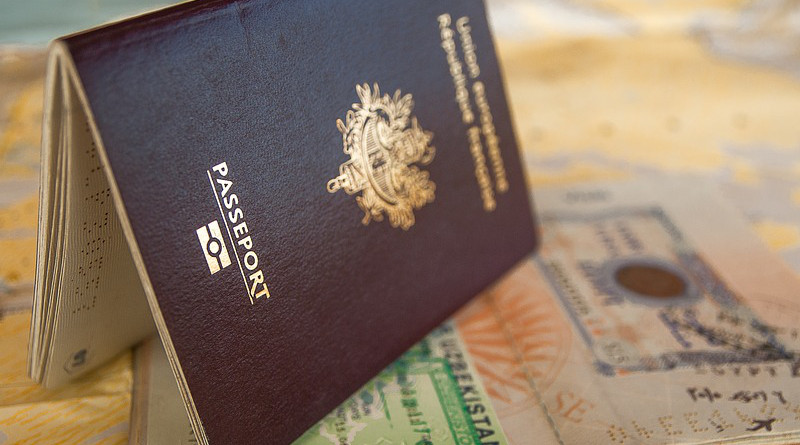Proposed US Visa Changes Explained
By VOA
By Aline Barros
The Trump administration has proposed to eliminate “duration of status” on visas for international students, exchange visitors, and those working in international media. Officials are hoping to impose fixed end dates rather than allowing visas to be valid for as long as it takes them to get their degree or finish a research project.
Currently, a holder of an F-1 visa can stay in the country until the student finishes a studies program or if the student keeps on meeting program requirements.
The 256-page proposed rule released on Thursday by the U.S. Department of Homeland Security (DHS), would mandate 4-year expiration dates and afford two years to those taking language training, with limited ability to apply for an extension.
How is “duration of status” currently defined?
“Duration of status” means that instead of a fixed time limit, an international student is allowed to remain in the United States for as long as it takes to get their degree, as long as they take a full course load and do not violate immigration law, for example by working illegally.
Who is affected by the proposed guideline?
The rule would impact visa holders in the F, J, and I categories who are permitted to temporarily live in the U.S. to seek a higher education degree, individuals with unique skills, who are approved to participate in work-and study-based exchange visitor programs, and foreign journalists.
According to DHS, nationals from countries linked to high rates of visa overstays – greater than 10% – are expected to have a limited two-year fixed stay period.
Natives or citizens of countries on the State Department Sponsor of Terrorism List would also be limited to 2 years stay in the U.S.
What is DHS saying?
DHS said the current duration of status policy, and the “significant increase” in the number of F-visa academic students, J exchange visitors, and I foreign media representatives, pose “a challenge to the Department’s ability to effectively monitor and oversee these categories of non-immigrants.”
DHS adds, “The Department accordingly is concerned about the integrity of the programs and a potential for increased risk to national security.”
Online publication Inside Higher Ed reports an estimated 15 percent drop in overall student enrollment in the 2020-2021 academic year, including a 25% decline in international student enrollment. The findings could mean a loss of $23 billion in revenue for the U.S. economy.
Sarah Spreitzer, director of government relations for the American Council on Education, said there is a “downward trend” in international student enrollment over the past five years coming from a decade’s-long increase in the country’s international student enrollment.
“A lot of the things that DHS talks about as concerns with student visas, [such as] students, changing educational level, their time to degree – a lot of the information is already being tracked through the SEVIS system,” Spreitzer said.
SEVIS is the Student and Exchange Visitor Information System.
“Our institutions are recording all that information to DHS already through that system, which was set up after September 11 (2001). And so it’s unclear how this is going to give DHS even more information than they already have,” she said.
What happens to those already in the country?
Stephen Yale-Loehr, a professor of immigration practice at Cornell University, said the proposed rule states that international students currently in the United States would be able to remain under the pre-existing rules, not to exceed 4 years from the effective date of the final rule.
Yale-Loehr also said the rule could bar extensions for international students if the immigration agency decides that a visa holder is not making progress toward their degree.
“The proposed rule would require most international students to finish their studies in four years, rather than however long it normally takes. For example, many PhD students normally take more than four years to get their degree,” Yale-Loehr said.
What are the grounds for an extension?
The new rule said applications for visa extensions could be approved “if the additional time needed is due to a compelling academic reason, documented medical illness or medical condition, or circumstance that was beyond the student’s control.”
When is the rule taking effect?
The rule is at the proposal stage and it will not take effect immediately. The public will have 30 days to comment.
After that, the immigration agency will have to review all the comments, draft a final rule, and send that to the Office of Management and Budget for review before a final rule can take effect.
Given all those steps, education experts said they do not expect a final rule taking effect before the November presidential election and possibly not before a president is inaugurated in January.
Even so, experts see it as a deterrent for international students and others.
“This is going to have a continuing overall chilling impact for new students who are considering coming to the U.S. to study, who may have the choice to study in one of our competitor countries like Canada, or the UK, or Australia or New Zealand,” Spreitzer added.

